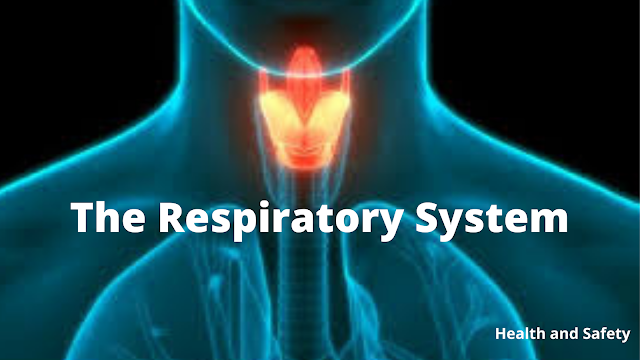The Human Eye-Common Defects of Vision and Correction | Health and Safety
We know that a lens is an optical device that transmits and
refracts light. Our eyes too have lenses that enable us to see objects around
us. Let us see how the eye is put together and how it works.
At the very front of the eye is a transparent structure
called the cornea that helps to focus the incoming light. Behind the cornea
is the iris. The iris has a circular opening called the pupil.
The pupil expands or contracts to depend on the amount of light entering the eye.
Behind the pupil is a colorless, transparent crystalline convex lens surrounded
by the ciliary muscles. The muscles hold the lens in place and help to
change the focal length by adjusting the curvature of the lens.
To view a distant object, the muscles relax, the lens
becomes thin and its focal length increases. To view a nearby object, the muscles
contract, the lens becomes thick and its focal length decreases. This ability
to adjust its focal length is called the power of accommodation of the eye.
The image formed by the lens is a real inverted image of the
object that then strikes the retina. The light-sensitive cells in the retina
convert the light into electric signals that are relayed to the brain. The
brain converts these electrical signals into the images that we see. The
minimum distance at which the eye can see objects clearly is called the near pointer, the least distance of distinct vision. In a normal eye, it is 25cm. The farthest
distance up to which the eye can see objects clearly is called the far point of
the eye. In a normal eye, it is between25cm and infinity.
The eyes can gradually lose their power of accommodation,
resulting in blurred vision due to refractive defects. There are four common
refractive defects of vision that we shall look at and see how they can be
corrected.
Hyper-metopic-
Hyper-metopic, also known as far or long-sightedness, in
which nearby objects cannot be seen clearly as the image is formed behind the
retina. This is due to the increase in the focal length of the lens and a decrease in
the length of the eyeball. This defect can be corrected using a convex lens of
suitable focal length.
Myopia-
Myopia, or short-sightedness, in which distant objects
cannot be seen clearly as the image is formed in front of the retina. This
defect may be due to the increase incurvature of the lens or due to the increase
in the length of the eyeball. This defect can be corrected using the concave lens of suitable
focal length.
Presbyopia-
Presbyopia, seen in elderly people. Here, nearby objects cannot
be seen clearly due to the increase in the distance of the nearest point. This may
be due to the weakening of the ciliary muscles or due to the decreased flexibility
of the lens. This can be corrected using a convex lens of suitable focal length.
At times both nearby and distant objects cannot be seen clearly. This can be
corrected using bifocal lenses. The upper part is concave, correcting distant
vision and the lower part is convexly correcting near vision.
Astigmatism-
Astigmatism is another common problem seen when the image
may be clearly focused on the retina in the horizontal plane, but not in the
vertical plane. This defect maybe, due to an irregular curvature of the cornea
or lens. This can be corrected using glasses with a cylindrical lens.
Things to remember, The ability of the lens of the eye to
see near and distant objects by adjusting its focal length is called the power
of accommodation of the eye. In Hyper-metopic, nearby objects cannot be seen
clearly. This can be corrected by using a convex lens of suitable focal length.
In Myopia, far off objects cannot be seen clearly. This can be corrected by
using the concave lens. In Presbyopia, both nearby and distant objects cannot be
seen clearly. This can be corrected by using the bifocal lens.




.png)

Comments
Post a Comment